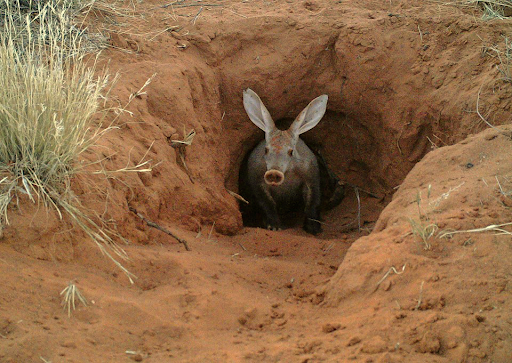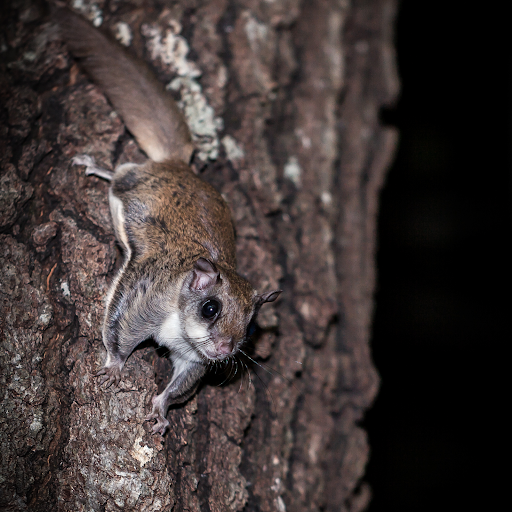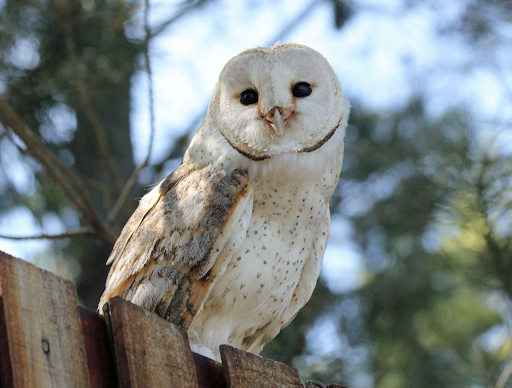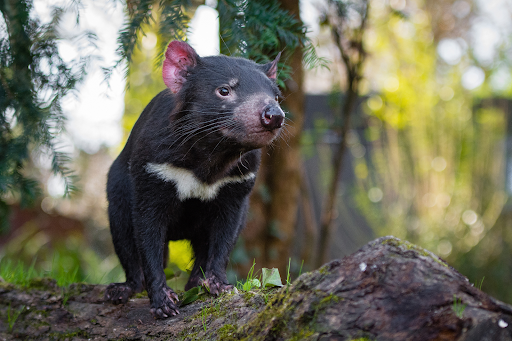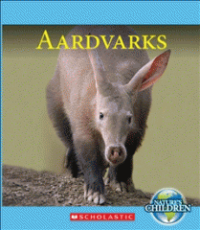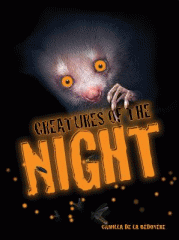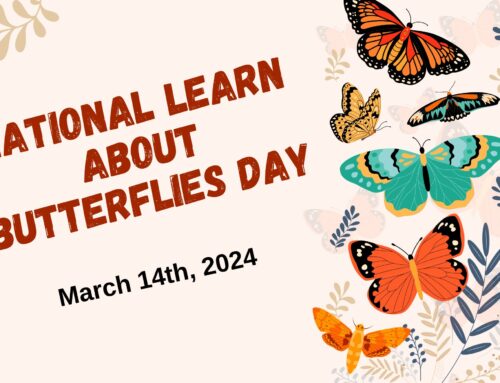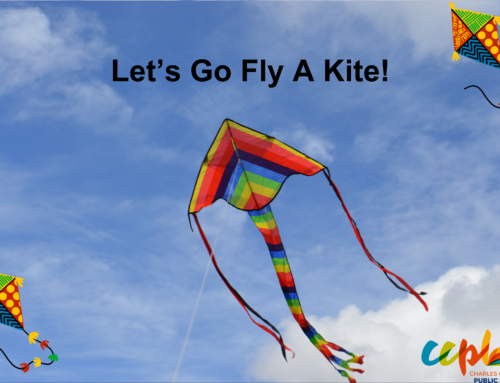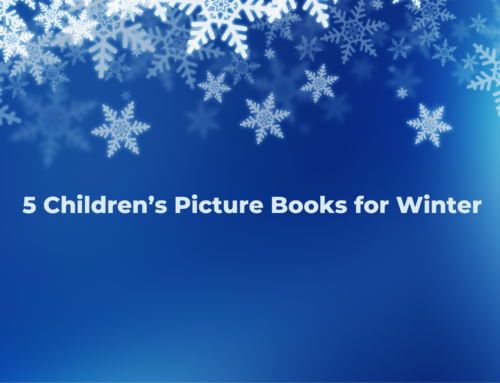
Ever wonder about things that go bump in the night? What about the creatures that are lurking in the dark? Well, grab your flashlights, and let’s learn about Nocturnal Animals!
What does nocturnal even mean? Nocturnal means that these animals are more active and awake during the night and that they sleep during the day. We tend to see these creatures at dawn (just before the sun comes up), dusk (just before the sun goes down), or even when the moon is shining (kids.kiddle.co).
Nocturnal animals have special adaptations that help them live in the dark. Their eyes are larger to help them see in the lower light. They also have heightened hearing and smell. (active wild.com)
Here is a list of some of the world’s nocturnal animals.
Fun Paper Owl Craft
Supplies:
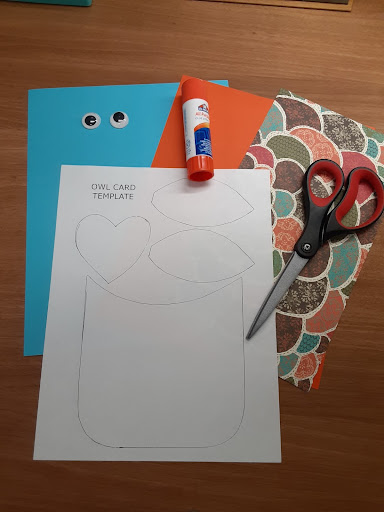

Step 3: Trace each piece of the template on the paper.

Step 4: Cut out the pieces.
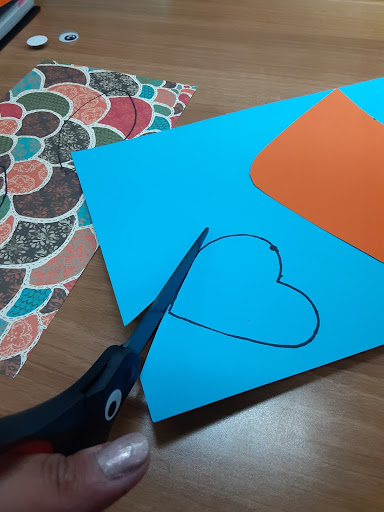
Step 5: Glue the heart on the center of the owl body.
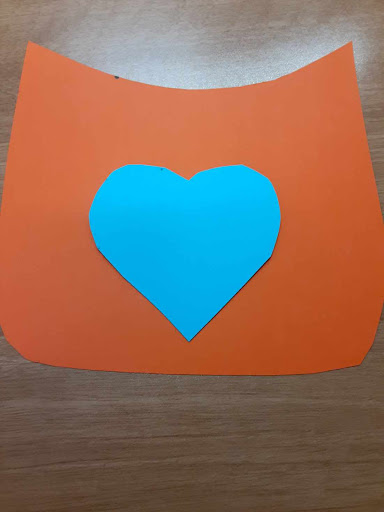
Step 6: Glue the wings on either side of the heart.
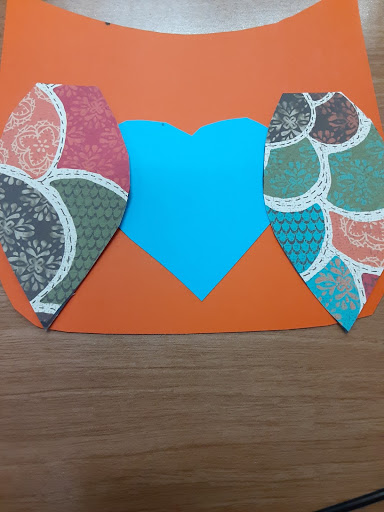
Step 7: Make a triangle using the card stock for the beak and glue the beak above the heart.
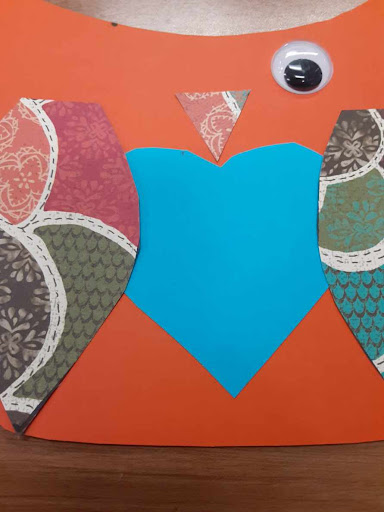
Step 8: Glue on the Googly eyes.

Check out These Books About Nocturnal Animals!
Aardvarks by Josh Gregory
This book details the life and habits of aardvarks.
Bats After Dark by Ruth O’Shaughnessy
Discusses bats, their behavior, and environment.
Owls by Valerie Bodden
A basic exploration of the appearance, behavior, and habitat of owls, the winged nighttime hunters. Also included is a story from folklore explaining why some owls have big eyes and ears.
Creatures of the Night by Camilla De La Bedoyere
Raccoons by Kristin Petrie
Introduces raccoons, describing their physical features, life cycle, habitat, diet, nocturnal behavior, and predators.

